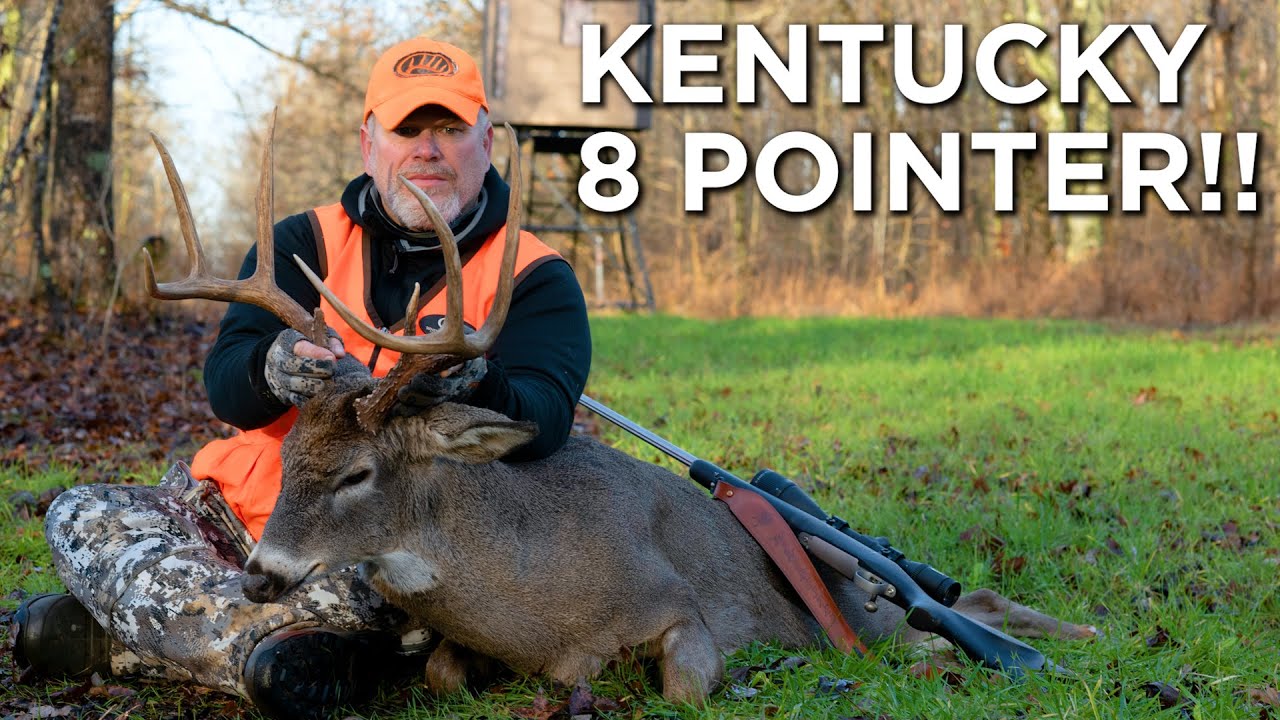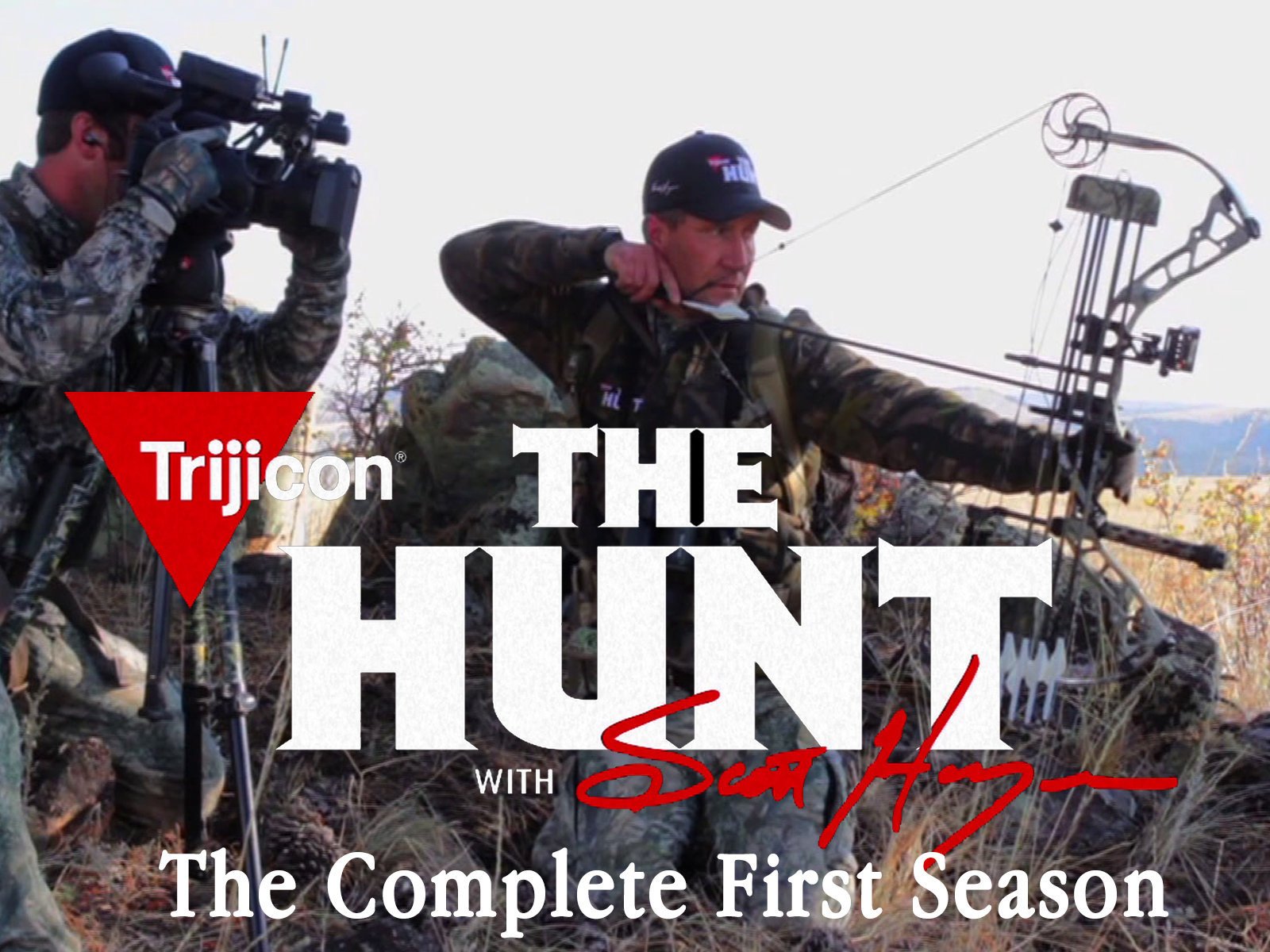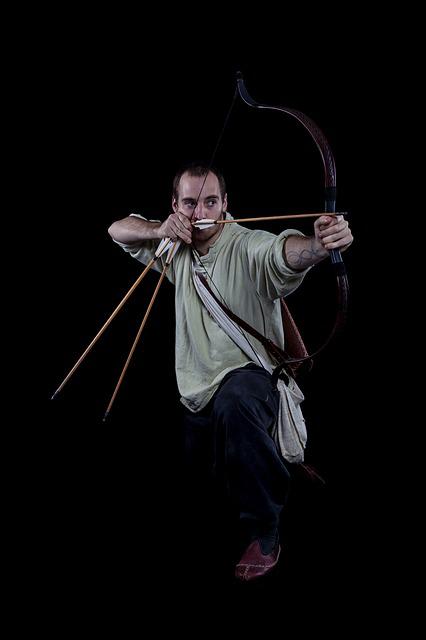
The U.S. ranks among the most sought-after destinations for biggame hunting. It is home to more than 10,000,000 hunters each year. South Africa also has big game hunting that generates $280 million annually. These are just some of the many reasons you should go on a big-game hunt. Keep reading to learn more. Listed below are some tips for choosing the right location. To get started, consider these areas:
Alaska
With an idea of the species they want to hunt, most hunters begin planning their Alaska big-game hunts. Many areas of Alaska offer opportunities to hunt multiple species. But there are fewer places that offer multi-species hunting. This means that when planning your big game hunt in Alaska, you should first familiarize yourself with the species you are targeting and how to plan your journey around that. If you do this, your chances of winning the prized trophy are greater.
Colorado
Colorado is one of the most unfriendly states for resident big-game hunters. Residents are denied hunting certain species, such as elk or moose, due to a high state tag sale rate. As a result, Colorado is responsible for an increased level of hunting pressure on public lands. The state actually sells 240% more elk tag than any other west state. And the state uses outdated draw results data to give nonresident hunters more elk tags. This is why Colorado offers nonresident hunters 350% more restricted tags.

New Mexico
There are many methods to be a part of the New Mexico big game hunting. It is possible that you don't know what hunting regulations apply if you haven't been to New Mexico. These laws protect wildlife. Additionally, the state issues hunting permits for special uses. The following are a few of these regulations. Make sure to research the policies before booking a big game hunt. Also, make sure to review any other information regarding the hunts, such as a list detailing the requirements for each one.
British Columbia
British Columbia is home to some of the most desirable hunting areas. These include huge mountain ranges, large timber patches and numerous lakes. This province is a true Eldorado for big game animals. British Columbia is home to many huntable species including stone sheep, Rocky Mountain bighorn sheep and muledeer. Elk and whitetail deer are popular. British Columbia has the opportunity to find the rare and elusive elk.
Alberta
A hunting trip to Alberta is an option for anyone who has ever dreamed of catching the trophy black bear. These bears come in a variety of colors, including brown, black and even blonde. Average male black bears weigh between 200-450lbs and can grow to 6 feet tall from their nose to their tails. Many bears caught in Alberta have made it into the Boone & Crockett and Pope & Young records. There is a limit of two black bears per hunter, depending on where you are hunting.
Yukon
The Yukon is the perfect hunting ground for avid hunters. It's rugged terrain also includes lush river bottoms, hundreds of miles of new mountain streams, and a vast landscape. Along with a wide range of trophy species, this vast wilderness also has a healthy population of big-game animals. Traditional horseback hunts are a great way of experiencing Canada's vast northern wilderness. These hunts are led by knowledgeable guides and typically include spot and stalk techniques.

West Virginia
When it comes to big game hunting in West Virginia, there are several things to keep in mind. In order to hunt big game legally and ethically, you must have the right permits. You will need the correct tags in order to be allowed to kill big game. Field tags are required for bear, deer, wild turkey, and even boar. For more information about these tags, see West Virginia's Division of Natural Resources.
Arizona
You can choose to hunt elk in your area or go on an adventure in the wilds. It doesn't matter which way you go, research is key to ensuring you have the best possible experience. Research is key. You can find articles and contact local conservation agencies. Or ask another outdoorsman to accompany you on a hunt. No matter what your motives may be, Arizona big game hunting is guaranteed to make you happy.
FAQ
Can I hunt without a permit?
Yes, it is possible to hunt without a licence. But, you're breaking the law.
This could lead to jail time and fines.
Some states allow residents to hunt without a license. To find out if your state allows you to hunt in your area without a license, check with the department of natural resources.
Can I take my dog along?
Most states ban dogs from being hunted alongside humans. However, certain states have laws that permit this practice. To find out if it is permitted in your state, check with the department of natural resources.
Some hunters also bring their pets along. Some hunters feel that having a pet can help them relax while they hunt. Others say that having a companion makes them less likely to get lost.
However, having a pet can pose problems. The hunter may be frightened of dogs. Also, wild animals may attack the pet.
How many deer-hunters are there in the U.S.
Over 20 million deer hunters are estimated to live in the United States. This figure includes both professional and recreational hunters.
How many Americans hunt with rifles in the US?
There are approximately 2 million hunters who hunt deer, elk or moose with their rifles.
Most hunters are men, aged between 18 and 55, and come from rural areas.
They typically hunt alone, using either a bow or crossbow, and they usually hunt during daylight hours.
Whitetail deer (68%), mule deer (13%), and black bears (10%) are the most common targets for hunters.
While there aren't any national statistics on how many women hunt this sport, evidence indicates that the numbers of female hunters is increasing.
How much does it cost to hunt?
A hunting trip costs different depending on where you live and what kind of wildlife you want to hunt.
The average cost of a hunting party for two people is $500 to $1,000 per person. This includes lodging and food as well equipment, permits, fuel, and licenses.
Some areas are more expensive than others. Expect to pay more if hunting during peak seasons like the fall turkey season.
Statistics
- In less than 20 years, Rhode Island saw a 40% drop in the number of hunting licenses for residents, according to The Valley Breeze. (stacker.com)
- Less than 1% of Hawaii's population has a hunting license. (stacker.com)
- - Percent of residents with paid hunting licenses: 0.7%- (stacker.com)
- Licenses dropped from a peak of roughly 17 million in the 1980s to 15 million in 2019, according to The Seattle Times. (stacker.com)
External Links
How To
How to find the best hunting spots within the forest
First, you need to decide what kind and type of game to hunt when hunting. There are different types of animals and birds that live in forests and they all have their own habitat requirements, so if you don't know which type of animal you would like to hunt, you won't find any place where you can successfully catch them.
The forest is home to two types of animals: small mammals and large mammals. The large mammals are deer, elks and moose as well as caribou, bears, wolves, wild boar, and caribou. Small animals include rabbits. Each species needs its own habitat. Before you go out in the woods, it is crucial that you choose the right place. To find out if there are endangered species in your area, you can search the online flora-fauna list. Make sure the area you intend to hunt is free from poaching if you want to hunt that species.
If you decide to hunt a particular species, then you'll need to know how to properly set up your equipment. The success rate of hunting a particular species will be affected if you don't use the right equipment. You will need a gun that can accurately shoot at close range if you are hunting a rabbit. But a rifle that can easily shoot far distances is necessary if you are hunting a larger animal like a deer. To attract prey, you will need some kind of bait. Some people recommend placing meat inside a trap to lure the animal, while others prefer using corn or peanut butter. Whatever method you use to hunt, ensure you comply with all laws in your country.
You need to consider many factors when choosing a hunting location, including weather conditions, terrain, vegetation and wildlife population. When selecting a place to hunt, always remember that the most important factor is safety. Be sure to avoid dangerous animals and predators when hunting in a remote area. Avoid hunting areas that have too many people, particularly during hunting season. The seasons can help you plan when to hunt.
Weather is an important factor when hunting. This is important as it will determine the number of animals you can hunt. Winter is when temperatures drop below zero degrees Celsius and snow covers the ground. Snow can make it difficult to locate deer, bears or wolves. However, if you're lucky enough to get a clear day, you might be able to spot these animals. However, summer temperatures reach above 30°C and the sun warms earth. Animals seek shelter in the heat and move away from it to make it easier to locate.
It is important to consider the terrain. The terrain should be considered. A flat surface is easy to navigate and run over, while uneven surfaces require more effort. Steep slopes are harder to climb, and rivers and streams often cause muddy trails. It is important to choose a spot that has no obstacles so you can move around the area.
You should look at the vegetation as well as the terrain. Plants can vary in size and density depending on their environment. Smaller animals will benefit from shade and shelter provided by large trees, while smaller animals will be sheltered and protected by shrubs and bushes. For large animals, dense vegetation is the best.
Also, it is important to consider the number of animals in your area. According to statistics, there are more than 100 million deer in North America alone. They eat half of what crops produce and play an essential part in maintaining biodiversity. However, too many people could endanger the ecosystem by becoming pests. Therefore, it's important to keep the population balanced.